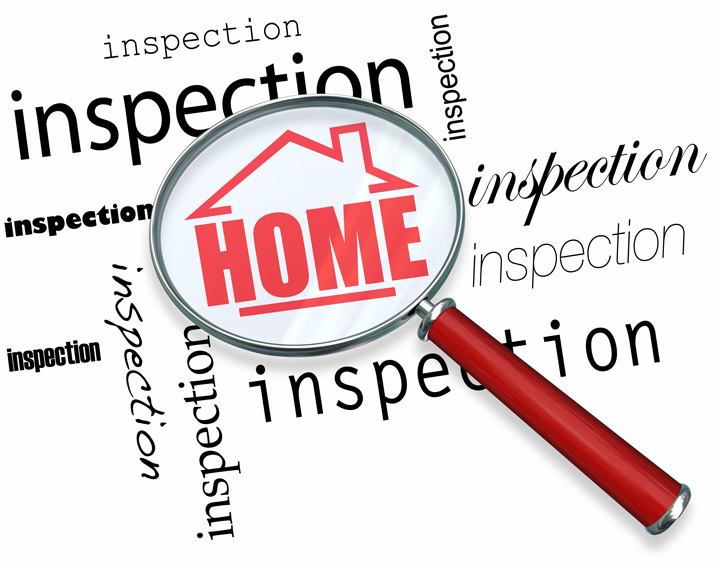
What Are the Parts of an Appraisal?Getting real estate can be the most important financial decision some of us might ever encounter. It doesn't matter if where you raise your family, an additional vacation property or a rental fixer upper, the purchase of real property is a detailed financial transaction that requires multiple people working in concert to see it through. Practically all the parties participating are quite familiar. The real estate agent is the most recognizable entity in the exchange. Next, the mortgage company provides the money needed to finance the deal. And ensuring all requirements of the exchange are completed and that the title is clear to pass to the buyer from the seller is the title company. So, what party makes sure the value of the property is in line with the purchase price? This is where the appraiser comes in. We provide an unbiased opinion of what a buyer could expect to pay — or a seller receive — for a property, where both buyer and seller are informed parties. A licensed, certified, professional appraiser from CALI Real Estate Appraisals will ensure, you as an interested party, are informed. The inspection is where an appraisal beginsOur first responsibility at CALI Real Estate Appraisals is to inspect the property to ascertain its true status. We must physically view aspects of the property, such as the number of bedrooms and bathrooms, the location, living areas, etc, to ensure they really are there and are in the shape a typical buyer would expect them to be. To make sure the stated size of the property is accurate and illustrate the layout of the house, the inspection often includes creating a sketch of the floorplan. Most importantly, we identify any obvious features - or defects - that would have an impact on the value of the property. Following the inspection, an appraiser uses two or three approaches to determining the value of the property: a sales comparison, a replacement cost calculation, and an income approach when rental properties are prevalent. 
Replacement CostHere, the appraiser pulls information on local building costs, labor rates and other factors to figure out how much it would cost to replace the property being appraised. This figure usually sets the maximum on what a property would sell for. The cost approach is also the least used method. 
Sales ComparisonAppraisers can tell you a lot about the neighborhoods in which they work. They thoroughly understand the value of certain features to the homeowners of that area. Then, the appraiser researches recent sales in close proximity to the subject and finds properties which are 'comparable' to the home in question. Using knowledge of the value of certain items such as square footage, extra bathrooms, hardwood floors, fireplaces or view lots (just to name a few), we add or subtract from each comparable's sales price so that they are more accurately in line with the features of subject property.
Once all necessary adjustments have been made, the appraiser reconciles the adjusted sales prices of all the comps and then derives an opinion of what the subject could sell for. At CALI Real Estate Appraisals, we are an authority when it comes to knowing the value of real estate features in Corona and Riverside County neighborhoods. The sales comparison approach to value is most often given the most importance when an appraisal is for a home sale. Valuation Using the Income ApproachIn the case of income producing properties - rental houses for example - we may use a third approach to value. In this situation, the amount of revenue the property generates is taken into consideration along with income produced by comparable properties to give an indicator of the current value. ReconciliationExamining the data from all approaches, the appraiser is then ready to state an estimated market value for the subject property. Note: While the appraised value is probably the best indication of what a property is worth, it probably will not be the price at which the property closes. Depending on the specific circumstances of the buyer or seller, their level of urgency or a buyer's desire for that exact property, the closing price of a home can always be driven up or down.But the appraised value is typically used as a guideline for lenders who don't want to loan a buyer more money than the property is actually worth. Here's what it all boils down to, an appraiser from CALI Real Estate Appraisals will help you discover the most accurate property value, so you can make the most informed real estate decisions. |